Garden Maintenance in Sidcup
Introduction to Garden Maintenance
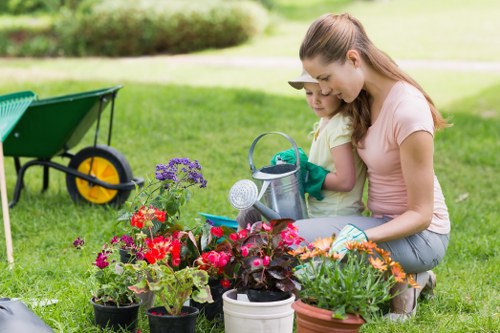
Maintaining a beautiful garden in Sidcup requires consistent effort and attention to detail. Whether you're a seasoned gardener or a novice, understanding the essentials of garden upkeep ensures your outdoor space remains vibrant and healthy throughout the year.
Sidcup's climate offers a unique set of challenges and opportunities for gardeners. With the right strategies, you can cultivate a thriving garden that complements the local environment and enhances your property's curb appeal.
In this comprehensive guide, we'll explore the key aspects of garden maintenance in Sidcup, providing actionable tips and insights to help you achieve the garden of your dreams.
Seasonal Garden Care
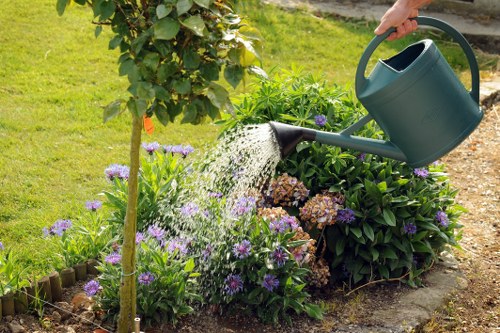
Spring: Preparing for Growth
Spring is a pivotal season for garden maintenance. As the weather warms, it's essential to prepare your garden for the upcoming growth period.
Start by clearing out any debris from the winter months. Remove dead plants, fallen leaves, and any other unwanted materials to create a clean slate for new growth.
Planting new flowers and vegetables at this time can set the stage for a productive season. Consider native plants that thrive in Sidcup's climate, ensuring they receive adequate sunlight and moisture.
Regular Maintenance Tasks
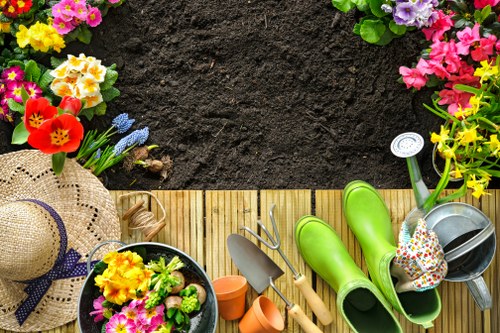
Mowing and Trimming
Keeping your lawn well-manicured is a fundamental aspect of garden maintenance. Regular mowing not only enhances the garden's appearance but also promotes healthy grass growth.
Trimming shrubs and hedges is equally important. Proper pruning helps maintain the desired shape of your plants and prevents overgrowth that can lead to pest infestations.
Use sharp tools and follow best practices to ensure your plants remain healthy and robust.
Soil and Fertilization
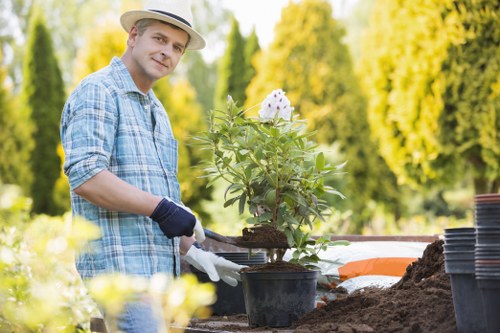
Soil Health
Healthy soil is the foundation of a thriving garden. Regularly testing your soil's pH and nutrient levels can inform your fertilization strategy.
Incorporate organic matter such as compost or well-rotted manure to improve soil structure and fertility. This practice enhances the soil's ability to retain moisture and nutrients, benefiting your plants.
Proper drainage is also crucial. Ensure that your garden beds are well-drained to prevent waterlogging, which can lead to root diseases.
Pest and Weed Management
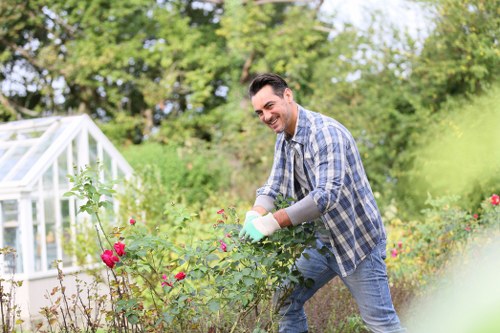
Controlling Weeds
Weeds compete with your plants for resources, making their control a vital part of garden maintenance. Regular weeding prevents unwanted plants from taking over your garden beds.
Use sustainable methods such as hand-pulling or mulching to suppress weed growth. Mulching not only reduces weeds but also helps retain soil moisture and regulate temperature.
For severe infestations, consider organic herbicides that are safe for your garden environment.
Watering Techniques
Efficient Irrigation
Proper watering is essential for plant health. Sidcup's weather patterns can vary, so it's important to adjust your watering schedule accordingly.
Implementing an efficient irrigation system, such as drip irrigation or soaker hoses, ensures that water reaches the roots directly, minimizing evaporation and water waste.
Watering during the early morning or late evening reduces water loss and helps prevent fungal diseases.
Plant Selection and Care
Choosing the Right Plants
Selecting plants that are well-suited to Sidcup's climate and soil conditions is crucial for a successful garden. Native plants often require less maintenance and are more resistant to local pests and diseases.
Consider a mix of perennials and annuals to ensure year-round interest. Incorporate flowering plants, shrubs, and trees that provide structure and color to your garden.
Regularly monitor your plants for signs of stress or disease, addressing issues promptly to maintain garden health.
Mulching and Composting
Benefits of Mulching
Mulching plays a dual role in garden maintenance by suppressing weeds and conserving soil moisture. Organic mulches, such as bark or straw, also add nutrients to the soil as they decompose.
Apply a layer of mulch around your plants, ensuring it doesn't blanket the stems or trunks, which can lead to rot.
Composting kitchen scraps and garden waste creates a valuable soil amendment that enhances fertility and structure.
Pruning and Deadheading
Maintaining Plant Health
Regular pruning encourages healthy growth and prevents plants from becoming overgrown. Remove dead or diseased branches to improve air circulation and reduce the risk of pest infestations.
Deadheading spent flowers promotes further blooming and maintains the aesthetic appeal of your garden.
Use clean, sharp tools to make precise cuts, ensuring minimal stress to the plants.
Lawn Care Essentials
Maintaining a Lush Lawn
A well-maintained lawn is a cornerstone of garden beauty. Regular mowing, aeration, and fertilization keep your grass healthy and resilient.
Aerating the lawn allows air, water, and nutrients to penetrate the soil, promoting deep root growth.
Fertilize according to your grass type and seasonal needs to ensure optimal growth and color.
Garden Tools and Equipment
Essential Gardening Tools
Having the right tools makes garden maintenance tasks easier and more efficient. Invest in high-quality equipment that suits your gardening style and the specific needs of your garden.
Essential tools include a sturdy lawnmower, pruning shears, a spade, a rake, and a watering system. Regularly maintain your tools to ensure they perform effectively.
Consider ergonomic designs to reduce strain and increase comfort during prolonged gardening sessions.
Attracting Wildlife
Creating a Biodiverse Garden
A diverse garden attracts beneficial wildlife, including pollinators and natural pest controllers. Incorporate a variety of plants to provide habitat and food sources for birds, bees, and butterflies.
Install birdhouses or insect hotels to encourage wildlife habitation. Avoid using harmful pesticides that can negatively impact these beneficial creatures.
Maintaining a biodiverse garden enhances its resilience and ecological balance.
Year-Round Maintenance Tips
Ensuring Continuous Garden Health
Consistent maintenance throughout the year is key to a thriving garden. Seasonal tasks vary, but establishing a routine helps manage growth and address issues promptly.
In autumn, focus on preparing plants for the winter by mulching and pruning. During winter, protect sensitive plants from frost and plan for spring planting.
Regular inspections and timely interventions keep your garden in optimal condition all year long.
Conclusion

Effective garden maintenance in Sidcup combines knowledge, effort, and the right tools. By following the strategies outlined in this guide, you can create and sustain a garden that not only looks stunning but also thrives in the local environment.
Remember, gardening is a continuous learning process. Stay informed about best practices and adapt to the changing seasons to ensure your garden remains a source of pride and enjoyment.
Ready to transform your garden? Contact us today to book your garden maintenance service and take the first step towards a beautiful outdoor space.
